Photography courtesy of Lowell Washburn, all rights reserved.
 We’ve all heard that old adage “In Like A Lion; Out Like A Lamb”. It refers to the month of March. This year, March made its dramatic entrance from the Lion side of the stage — complete with roaring winds, drifting snow, and subzero temperatures. Not exactly what any of us, including Iowa wildlife, needed for an official kickoff to the new month.
We’ve all heard that old adage “In Like A Lion; Out Like A Lamb”. It refers to the month of March. This year, March made its dramatic entrance from the Lion side of the stage — complete with roaring winds, drifting snow, and subzero temperatures. Not exactly what any of us, including Iowa wildlife, needed for an official kickoff to the new month.
For beleaguered pheasant populations, it has already been a long hard winter. Nothing really out of the ordinary, it seems. Most Iowa winters are tough on resident birdlife. It’s a time when local populations shrink to their lowest annual levels. But right now, statewide pheasant flocks could definitely use a break. From 2007 thru 2011, Iowa pheasants have endured 5 consecutive, back to back rough winters with measurable snowfall totals running anywhere from 30 to 50 inches. By contrast, the winter of 2011-2012 was comparatively mild and overall bird numbers were able to gain a bit of ground the following summer. This year, we’ve returned to — well, you don’t need me to tell you what the winter weather has been like around here.
The past two weeks have been the worst of the winter as relentless winds and continuing snowfalls have caused pheasant habitats to drift full. Forced to travel farther and farther from cover, foraging birds currently face increased vulnerability to exposure and predation.
But there are some bright spots in this year’s winter wildlife picture. Depending on where they happen to live, some pheasants find life easier than others. A good example occurs with birds currently utilizing public food plots planted on their behalf. Maintained by state and county conservation agencies, most plots consist of standing corn. Strategically located beside secure loafing or roosting areas, standing plots of unharvested corn minimize daytime travel and offer wildlife increased potential for winter survival. Rows of densely planted stalks decrease wind chills while providing additional protection from predators. Hanging ears of corn offer abundant supplies of high energy forage. All hungry pheasants need do is literally reach out and enjoy the meal.
For those who enjoy winter wildlife photography, an early morning visit to a local food plot can provide high adventure. Locating the best viewing areas is easy as well used game trails point the way to where wildlife is most likely to enter the plot. Arriving by first light is beneficial and a pop up, portable ground blind is the quickest way to become invisible. Once furnished with a comfortable seat, hot thermos and plenty of snacks; a portable ground blind can readily become your home away from home.
Wary and unpredictable, the ring-necked pheasant presents a highly challenging photographic target. Not every outing will be a success. But if pheasants fail to show, other forms of wildlife will usually arrive to provide plenty of outdoor entertainment. If and when pheasants do appear, the foraging birds will provide a unique insight into the amazing daily lives of Iowa’s favorite gamebird. Plan to stay put until pheasants finish feeding and leave the vicinity. When you’re finally ready to pack it in, exit the plot as quickly and quietly as possible.

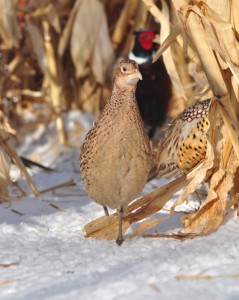
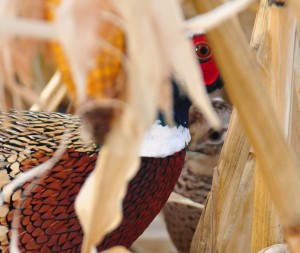
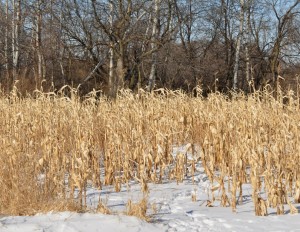
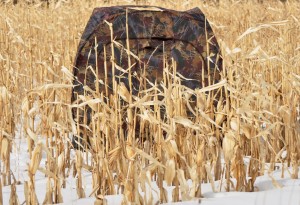

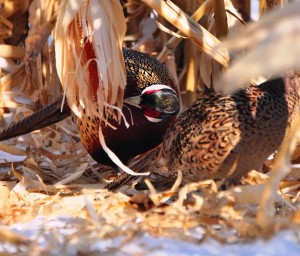
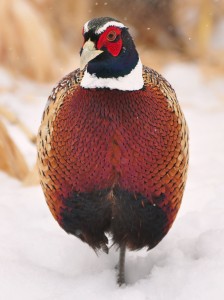
 Tom Cope
Tom Cope Sue Wilkinson
Sue Wilkinson Susan Judkins Josten
Susan Judkins Josten Rudi Roeslein
Rudi Roeslein Elyssa McFarland
Elyssa McFarland Mark Langgin
Mark Langgin Adam Janke
Adam Janke Joe Henry
Joe Henry Kristin Ashenbrenner
Kristin Ashenbrenner Joe Wilkinson
Joe Wilkinson Dr. Tammy Mildenstein
Dr. Tammy Mildenstein Sean McMahon
Sean McMahon